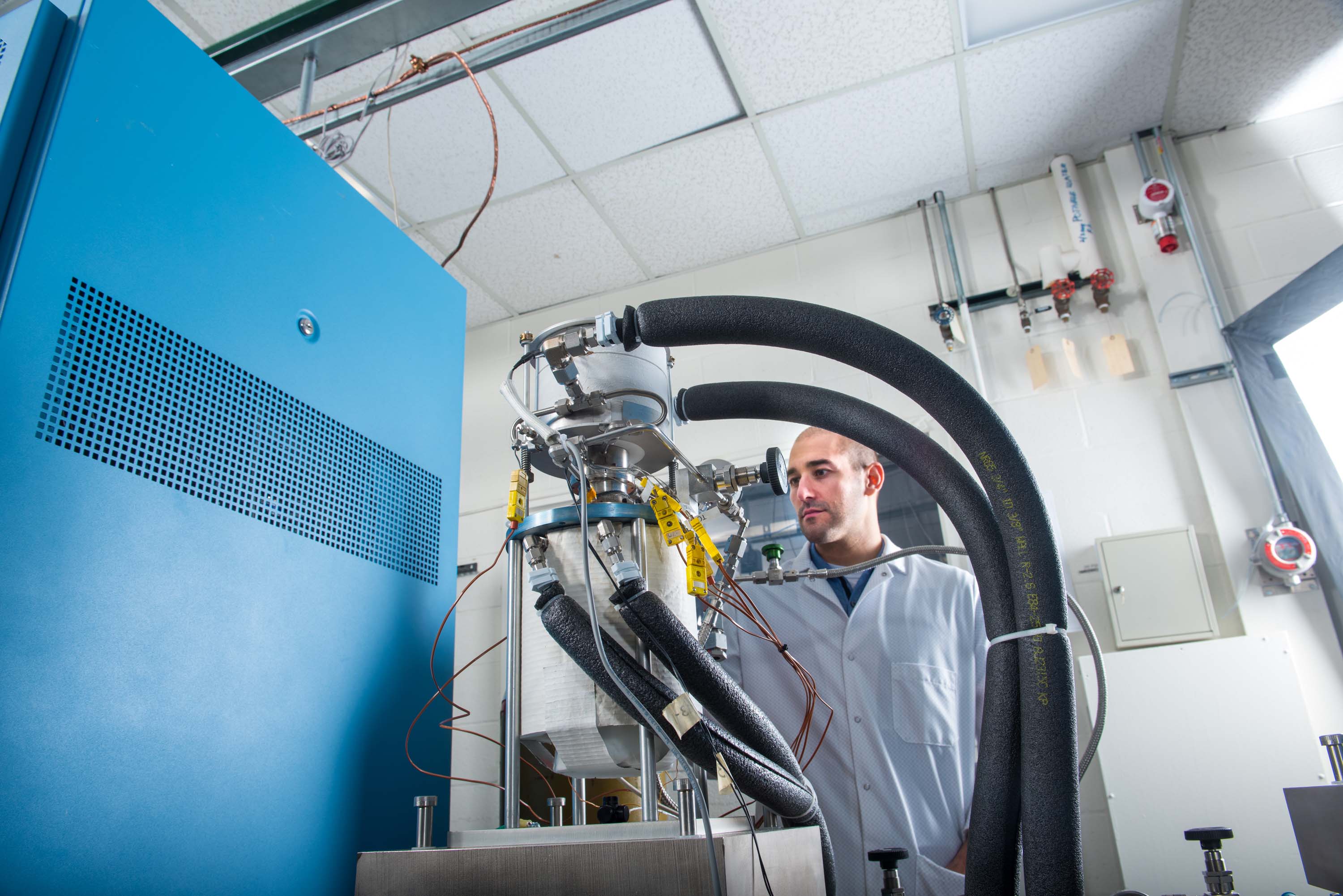Images
Testing Maintenance-Free Engines That Power Science in Deep Space

There are no gas stations or mechanics in deep space. So, if you want the power to perform science in the deep, dark frontiers of our solar system, you must have an engine that is reliable for the long haul.
At NASA Glenn Research Center, engineers have recently set a record of operating a free-piston Stirling engine at full power, for over 110,000 hours of cumulative operation. That’s over 12 years, and it’s still running without issue.
This length of time is important because traveling to outer planets and operating scientific experiments in space takes many years.
How does it work? A radioisotope element provides heat energy and the Stirling engine converts it to electricity. Free floating pistons inside the engine move continuously at high frequency, but there is no contact with other parts. Engineers have virtually eliminated the mechanisms of wear and tear.
Small and lightweight, these engines can operate on small spacecraft that need electrical power to run optics, sensors, recording devices and communications systems to get data back to scientists on Earth.
“We are demonstrating that it is possible to build an engine that does not wear out on the scale of the lifetime of a space mission,” says Sal Oriti, project engineer. “Our goal is to improve state-of-the-art technology to enable the next generation of science missions in deep space.”
Credit
NASA/ Bridget Caswell, Alcyon Technical Services


